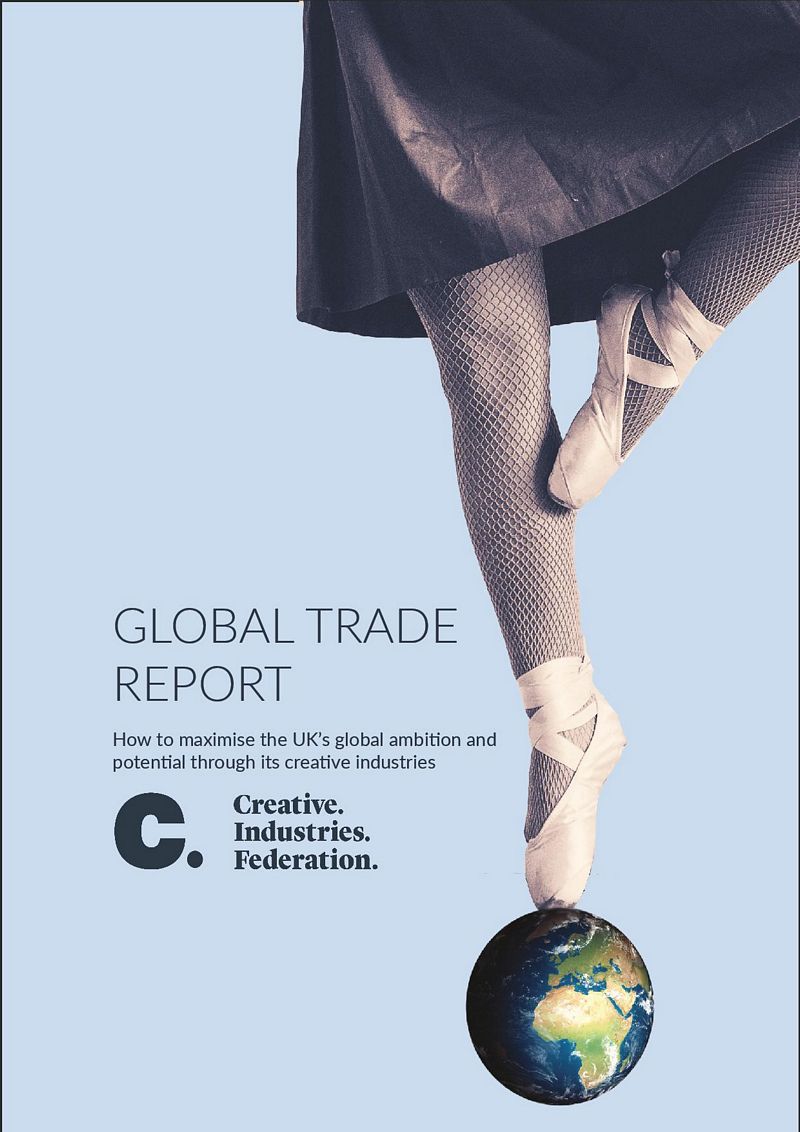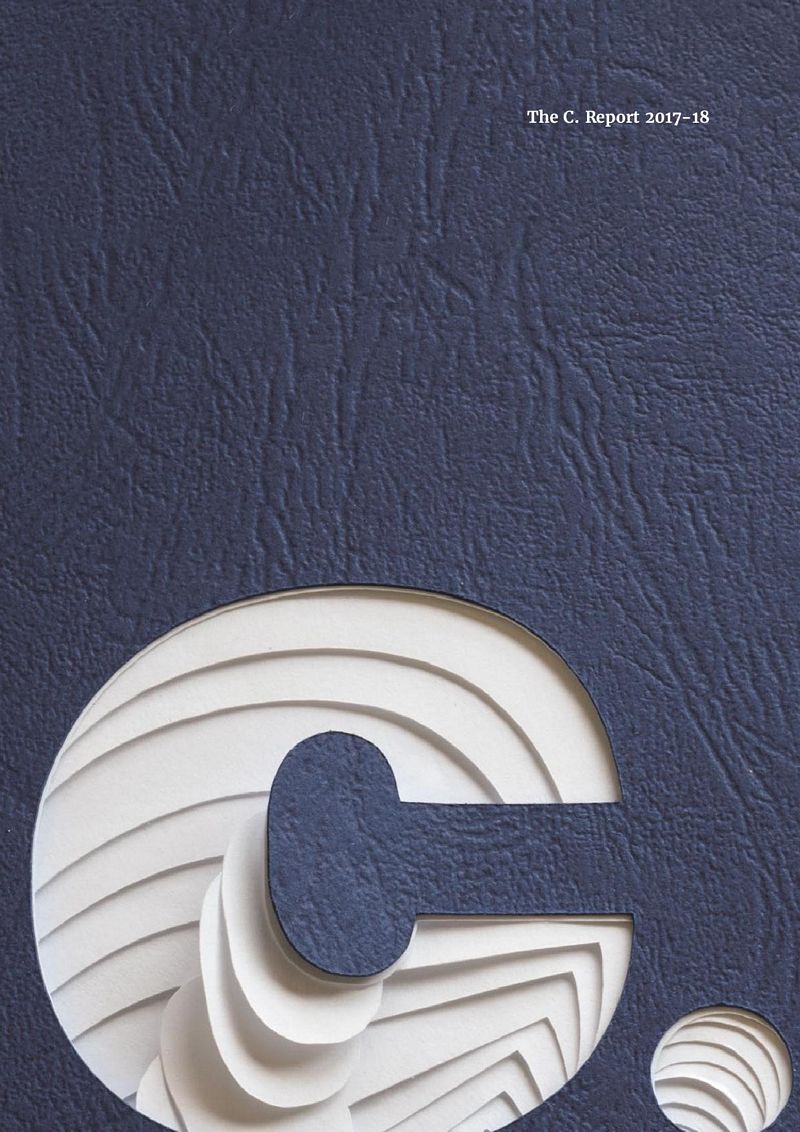How to relay your thought leadership or ideas in a discussion paper or White Paper
Got plenty to say and need to share your ideas or thought leadership with a wider audience? A blog or a website page are fine for short bursts of information but when you want to explore your subject in more depth, a stand-alone report or White Paper may be more suitable.
They are a valuable resource that allow you to demonstrate your knowledge, enhance your reputation and potentially attract or convert new business.
A White Paper or report lends itself both to a printed document or a downloadable pdf for reading and sharing online.
Editing Edge have written, researched and edited reports in many different formats for clients, from copywriting for annual reports to international conference write-ups.
Here’s are 4 tips for writing a report or White Paper, using some recent examples of our work.
1. Know your audience
The art to report writing is to be clear who you are writing for, keep the audience in mind as you write your report and think about what they need to know. Avoid dull language and industry jargon if you can.
Whether you are providing a one-sided argument or giving a balanced view, write in a lively and compelling style that talks to them and tell stories to bring your subject to life.
Be clear about the outcome and what you want them to do once they’ve read your words. For example, if you are aiming to get your readers to take some action, your language and approach needs to be persuasive and impassioned like this report we created for the Ramadan Relief Fund.
2. Cut down the words
Just because you have ten pages to fill instead of ten paragraphs, it isn’t an excuse to ramble on and send your readers to sleep. The art of compiling and writing reports is to identify the strongest themes, sift out the important stuff and relay it in a way that tells the whole story but cuts out the waffle. Ruthless editing is required.
When we wrote this report for Collab Group we had to distil hours of debate and 17,000 words of transcript into an engaging 2,000-word report. Ditching 15,000 words is no easy task.
For the Global Trade Report for the Creative Industries Federation we had to slice 25% from the 22,000-word draft to present a more succinct and persuasive argument.
3. Think about the layout
Even if you have the luxury of handing the report over to a graphic designer, you still need to consider the way you write the paragraphs to ensure your report is easy to digest.
Break the text down into bite-sized chunks enabling readers to skim or delve into detail. Use headers, short paragraphs, bullet points and quotes. Graphics can be used skilfully to help explain your points and bring the concepts to life.
Here’s an example of a well-laid out White Paper we created for ChangeQuest. ChangeQuest wanted to repurpose two webinars they had run, drawing out the best content and presenting them as two White Papers to highlight their thought leadership. They were presented in a fresh and vibrant format, using quotes, images and graphics for maximum effect. Plenty of white space and text broken down into chunks made them easy to read.
4. Be creative
A report doesn’t equal a dull read. It’s your chance to really explore your subject and show your expertise.
When we put together the annual C.Report for the Creative Industries Federation we wanted to completely change the format. Previous editions of the report had been written in dense officialese with multiple footnotes and long columns of copy. Our approach was to inject a large dose of “creativity” into the report. After all, these are the Creative Industries! We stripped dull government-style language from the background material we were given to work with, rewrote in a vibrant style and brought it to life.







